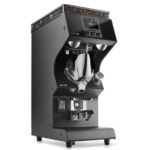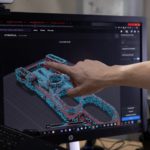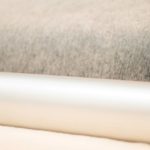By combining raw materials of biological origin introduced in the production phase and allocated by mass balance with 50% of recycled post-consumer resins, Sabic has obtained the new bio-based LNP™ THERMOCOMP™ DC0041PE-7M1D145W. This new flame-retardant, carbon fiber-reinforced compound offers customers a new sustainable option for demanding applications in electrical/electronics, healthcare and other key industries.
The new bio-based LNP™ THERMOCOMP™ DC0041PE-7M1D145W
It is a polycarbonate-based flame retardant compound reinforced with carbon fibers (from pre-consumer recycling) for applications in the electronic electrical sector. It has an environmental footprint reduced by 17% compared to the similar type, but obtained with fossil raw materials (LNP Thermocomp DC0041PE-7M1D145), without deterioration of properties.
The result is attested by an LCA analysis commissioned by Sabic with “cradle-to-gate” approach.
For every 100 kg of this compound, 21 kg of fossil-based materials have been replaced with bio-based materials derived from waste or residue based on a mass balance approach. Such as crude tall oil and hydrotreated vegetable oils. Moreover, this new compound was developed with over 50 percent of recycled content from post-consumer recycled (PCR) resin and pre-consumer recycled carbon fiber sources.
The LNP Thermocomp DC0041PE-7M1D145W compound complies with the requirements of the Reach Regulation and the Rohs Directive. It offers the same performance as the standard grade in terms of high-temperature resistance, mechanical and structural performance, machinability and halogen-free flame retardation, and is therefore replaceable.
Potential applications for injection moulding are thin-walled components such as enclosures for electrical and electronic devices, or surgical instruments that require good dimensional stability.
Click here to learn more.
 |
Subscribe now to our quarterly Compositi newsletter
|













